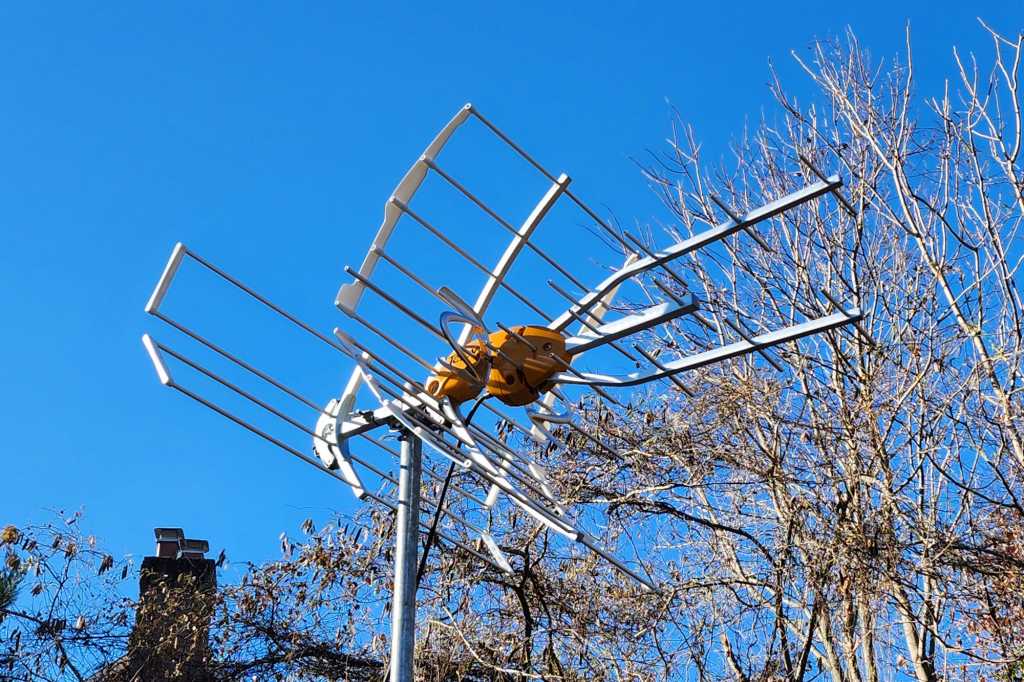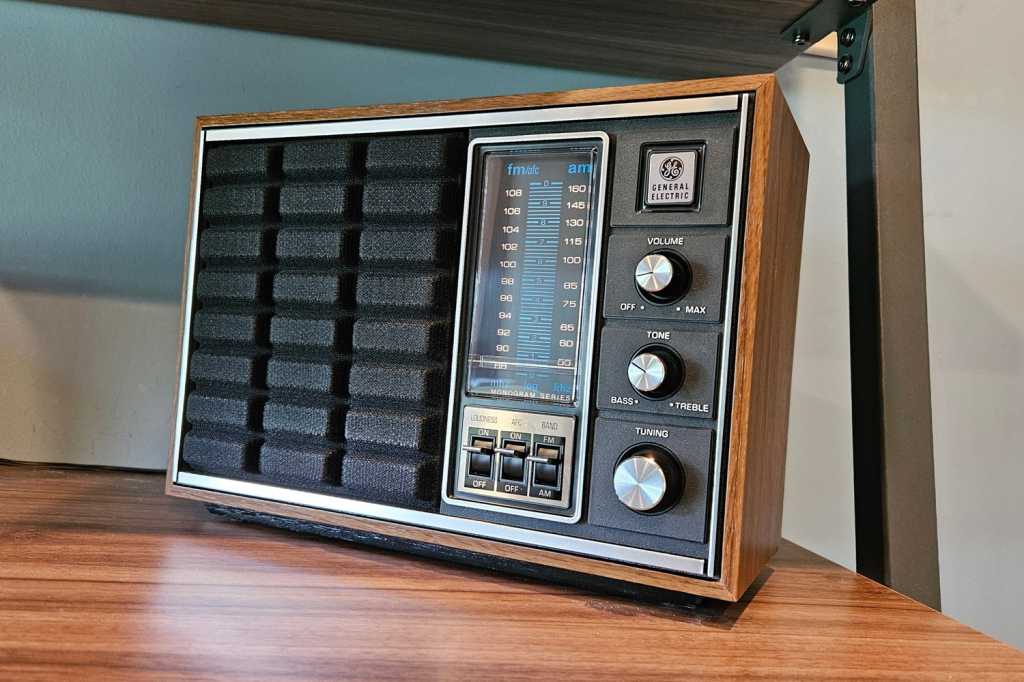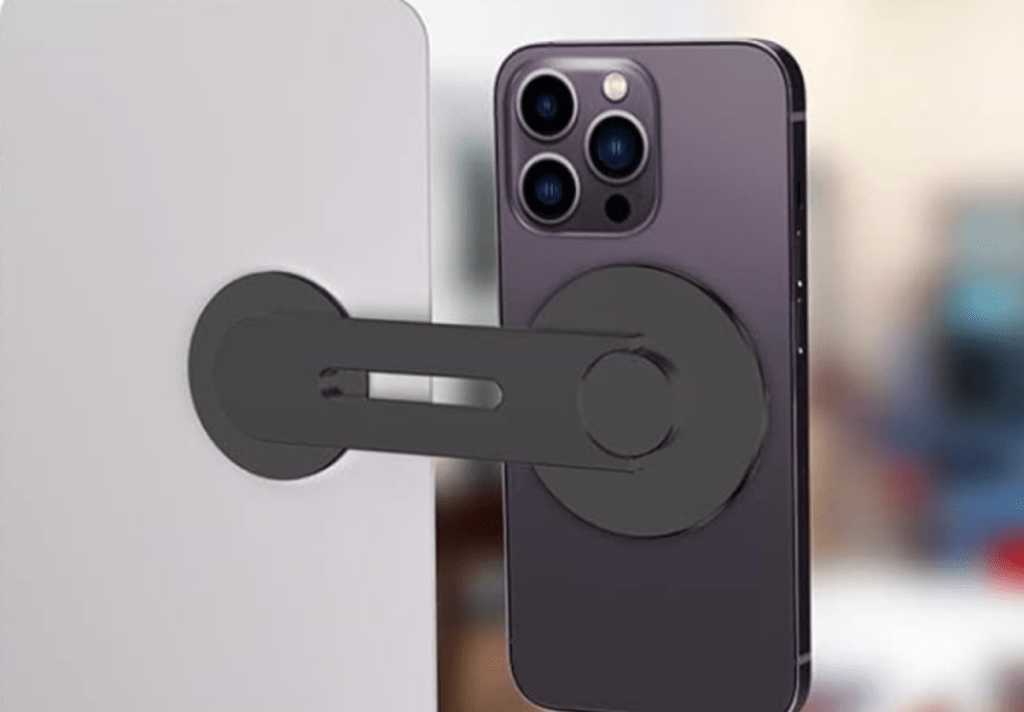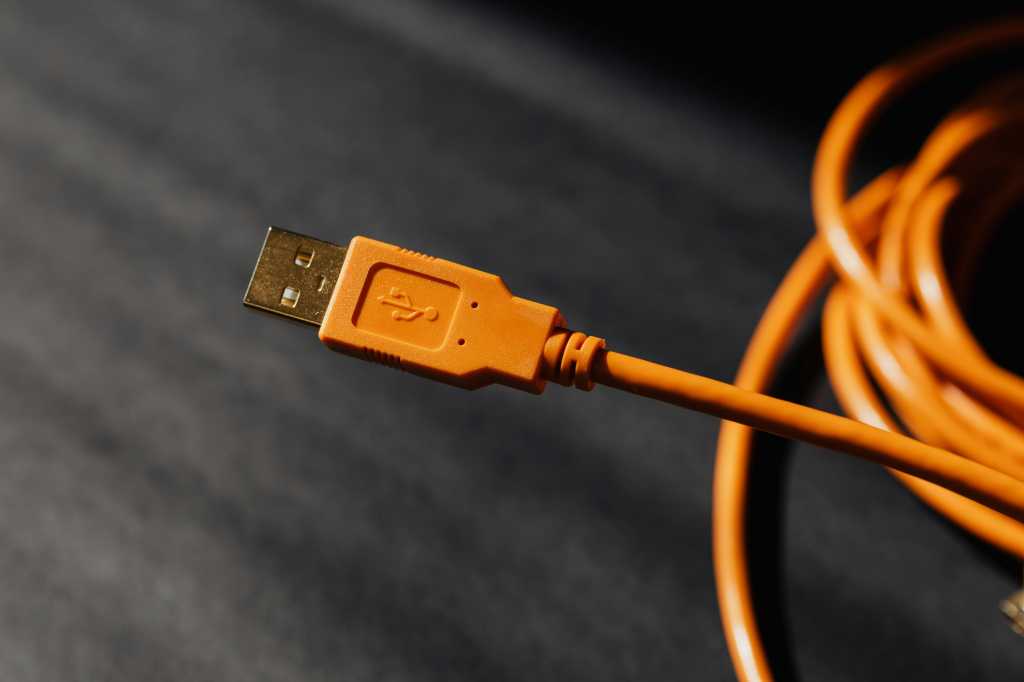The rising costs of cable and streaming services have led to a resurgence in TV antenna usage. With an antenna, you can access free over-the-air (OTA) channels, potentially even with better picture quality than paid services. This guide will walk you through the steps to determine the right antenna for your location and viewing needs.
Determining Available Channels
The number and type of channels you can receive depend primarily on your location. Generally, those closer to metropolitan areas with broadcast towers have more channel options. Rural areas typically have fewer choices, while those near international borders might pick up channels from neighboring countries. Most areas in the U.S. receive the major commercial networks (ABC, CBS, Fox, and NBC), PBS, and often additional digital subchannels.
To determine available channels in your area, use a website like RabbitEars. This website models TV reception based on your location and FCC transmitter data.
- Enter your address (street, city, and state).
- Center the map’s pushpin on your precise location.
- Set the approximate antenna height above ground level.
- Click “Go.”
RabbitEars will display the predicted channels, including signal strength estimates (higher numbers are better). Note the channels you want and their corresponding signal levels. This information is crucial for choosing the right antenna type.
 RabbitEars broadcast tower list listing
RabbitEars broadcast tower list listing
Selecting the Right Antenna
As a general rule:
- Good signal: An indoor antenna is usually sufficient.
- Fair signal: An attic or outdoor antenna is likely necessary.
- Poor signal: A larger outdoor antenna with an amplifier is recommended.
- Bad signal: Reception might be challenging even with advanced setups.
Also, note the direction of the transmitters. If they are clustered together, a single antenna should suffice. If they are spread out, a rotator antenna might be needed, especially with weaker signals.
 Winegard FlatWave Amped (model FL-5500A)
Winegard FlatWave Amped (model FL-5500A)
PCWorld’s antenna buying guide categorizes antennas from basic indoor models to powerful roof-mounted options. While outdoor antennas generally offer the best performance and reliability, indoor options are a viable alternative for those unable to install an outdoor antenna. Smaller outdoor antennas, suitable for house sides, balconies, or attics, are also available, often with amplification. Roof-mounted antennas offer the highest reliability and channel capacity. Ensure safe installation practices and adherence to local building codes, particularly grounding requirements.
 Ultra-Vizion Transparent installed in a window
Ultra-Vizion Transparent installed in a window
Debunking Antenna Myths
Beware of exaggerated claims about antenna range. Reception depends on multiple factors, including transmitter frequency, power, location, and surrounding environment. No antenna can guarantee a specific mileage range. Use the RabbitEars method for a more accurate assessment.
 Walmart antenna advertising ESPN as a channel
Walmart antenna advertising ESPN as a channel
Furthermore, terms like “HD,” “4K,” or “NextGen TV” antennas are misleading. Antennas simply receive signals regardless of the broadcast format. PCWorld’s antenna reviews are conducted under real-world conditions for accurate comparisons.
Antenna Installation and Legal Rights
Renters and those living under HOA regulations have the right to install TV antennas under the FCC’s OTARD rules. This guarantees the right to install an antenna for local broadcast reception in your rented or exclusively accessed area. Refer to the FCC website for more information.
 Stripped length of coax cable
Stripped length of coax cable
Most indoor antennas come with a short connection cable. Other antennas may require a separate coaxial cable (RG-6 is recommended). Cable quality impacts signal loss, so use a good cable and keep it as short as possible. An amplifier can mitigate signal loss over long cable runs.
Conclusion
Choosing the right TV antenna involves careful consideration of your location, available channels, and signal strength. By following the steps outlined in this guide, you can enjoy free over-the-air television for years to come. Don’t hesitate to experiment with antenna placement and consider an amplifier if needed.











